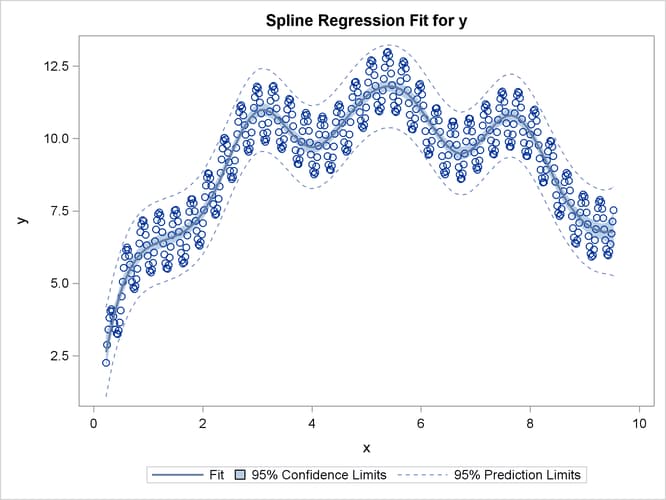


With the SAS ® Event Stream Processing Engine, it’s built in.

This kind of continuous aggregation would be difficult with traditional tools. Let’s say you wanted to detect gift card fraud: “Tell me when the value of gift card redemptions at any point-of-sale (POS) machine is more than $2,000 in an hour.” Event stream processing can continuously calculate metrics across sliding time windows of moving data to understand real-time trends. Event stream processing relies on three principal capabilities – aggregation, correlation and temporal analytics – to deal with data in motion. Managing data in motion ( streaming data) is different from managing data at rest. It is a form of complex event processing that empowers you (or an automated system) to spot patterns and make decisions faster than ever. Event stream processing continuously analyzes data as it flows into the organization, and then triggers an action based on the information flow. That’s the promise of event stream processing. Find what’s meaningful, grab only what you need, and get instant insights to react immediately and make the best decisions as data is flowing in.
#Understanding fitplot sas torrent
Those streams of data contain a wealth of potentially valuable insight – if you can capture and analyze it.īut how do you manage such a torrent of data? Where would you store it? How long would it take to make sense of it? Traditional approaches, which apply analytics after data is stored, may provide insights too late for many purposes – and most real-time-enabled applications can’t deal with this much constantly flowing data. Data pours into the organization from every conceivable direction: from operational and transactional systems from scanners, sensors and smart meters from inbound and outbound customer contact points from mobile media and the Web.


 0 kommentar(er)
0 kommentar(er)
